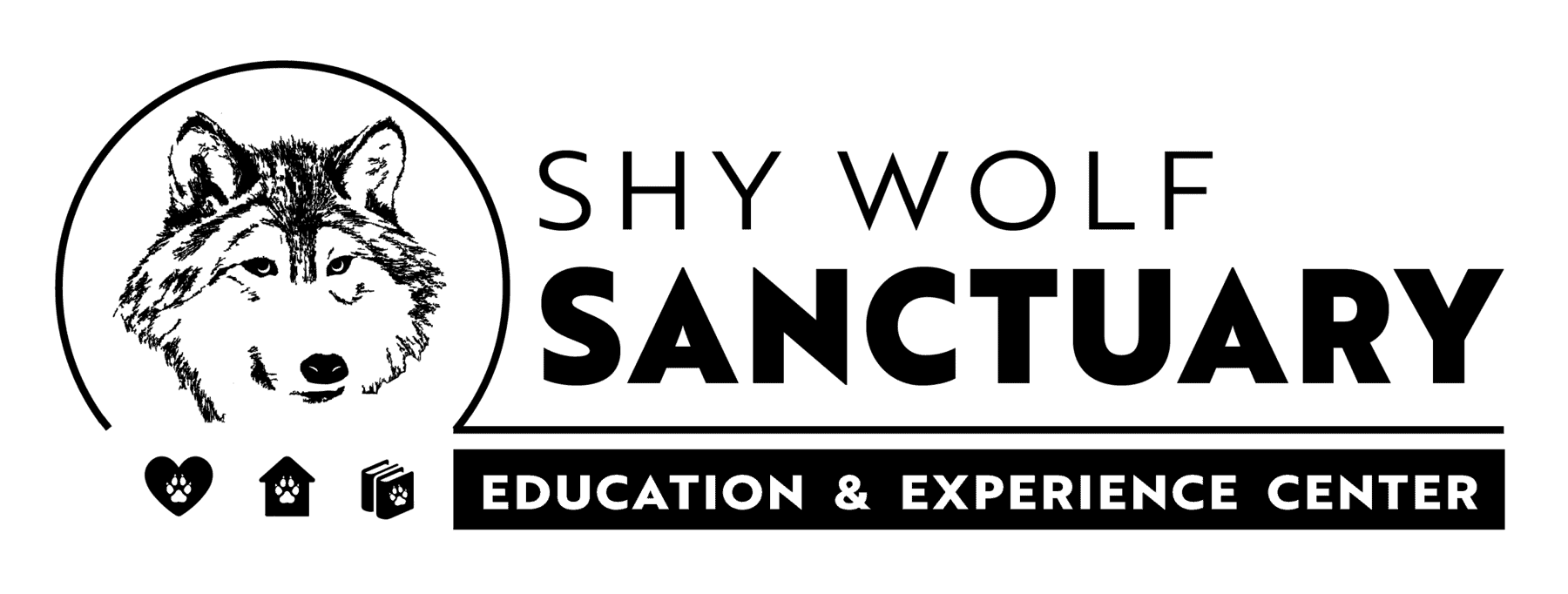Lesson Plans
Listed below are lessons that are available to you to use with your students or on your own. All you need to do is follow the link. Each lesson is designed to address a specific Florida state educational standard. The standard and objectives are contained in the lesson descriptions. Lessons are marked as to whether they require access to technology (digital) or are designed for students with limited access to technology.
We are continuing to develop new content and will update these pages weekly.





